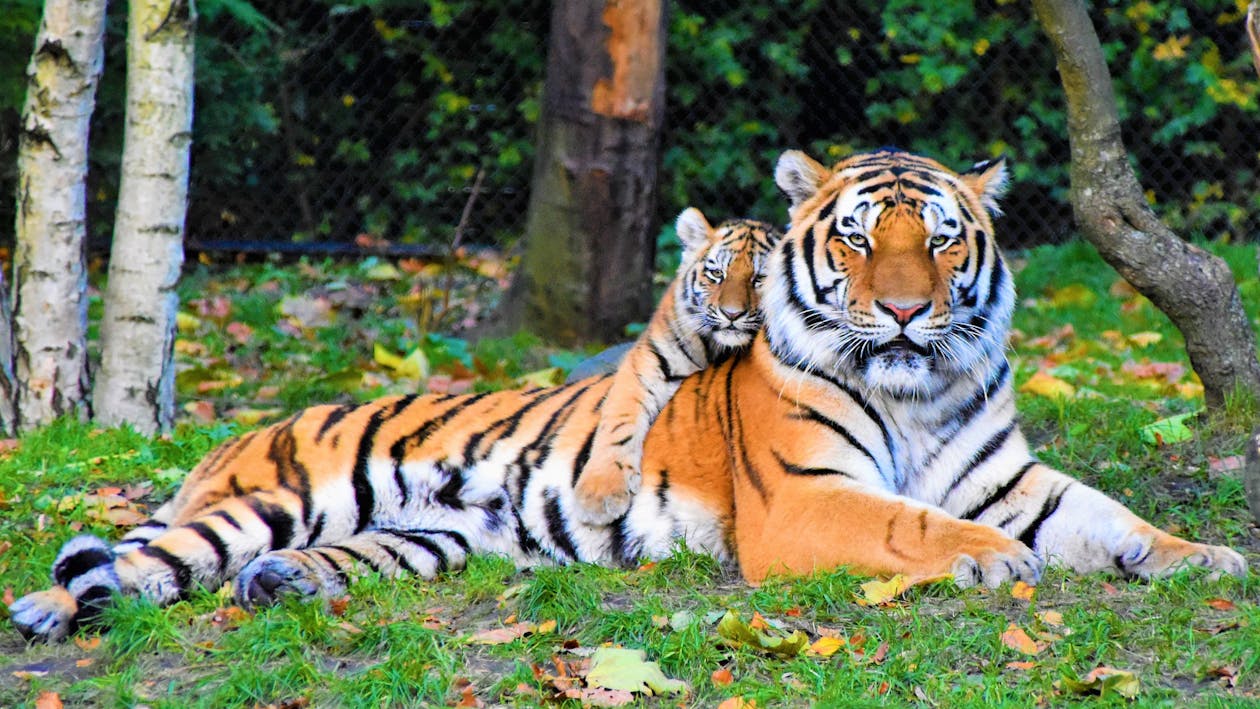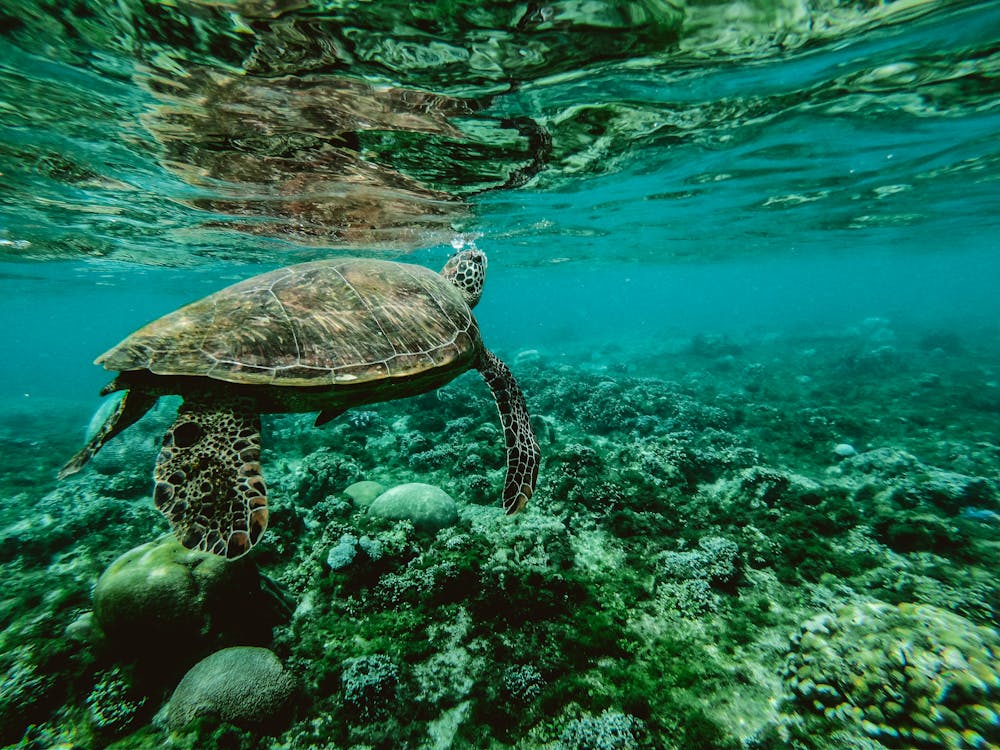Animal conservation programs have been on the rise in recent years as awareness of the plight of endangered species around the world has grown. But how successful are these programs? In this blog post, we’ll explore the 10 most successful animal conservation programs, their goals, and the positive impact they’ve had on the animal kingdom. From the re-introduction of once-extinct species to the protection of habitats around the globe, these programs have had an incredible impact on the world’s wildlife. Read on to learn more about these remarkable conservation efforts and their inspiring successes.
1) Save the tigers

An ambitious global campaign to protect and conserve the critically endangered tiger population was launched in 2010. The goal is to double the number of tigers in the wild by 2022, with special focus on promoting conservation in key areas in Asia. Conservation efforts include habitat protection, anti-poaching patrols, and reducing demand for illegal tiger products. Additionally, awareness campaigns are underway to educate local communities about the importance of protecting tigers.
2) Elephant Ivory Trade
The illegal trade of ivory has been a major issue for the conservation of elephants. Over the past decade, laws and regulations have been put in place to help protect elephants from poachers and those who seek to make money from the ivory trade. This has resulted in an overall decline in the number of elephants killed for their tusks. Governments have also implemented anti-poaching teams and raised awareness about the importance of conserving elephants.
3) Stop the illegal wildlife trade

The illegal wildlife trade is one of the biggest threats to animal conservation, and has a negative impact on many species around the world. To combat this, governments have implemented stricter laws and regulations on the buying and selling of animals, while increasing the penalties for those who are caught participating in this illicit activity. Additionally, organizations such as the International Union for Conservation of Nature (IUCN) have created campaigns to raise awareness of the harm that illegal wildlife trade causes.
4) Protect apes
Apes are a critically endangered species and their protection is essential for the preservation of biodiversity. Conservation efforts focus on habitat protection, anti-poaching initiatives, and the education of local communities about apes and their importance in our ecosystems. By protecting ape habitats, we can help ensure their long-term survival.
5) Combat habitat loss

Habitat loss is one of the greatest threats to wildlife and biodiversity. Conservation programs seek to protect important habitats, limit human activity in sensitive areas, and restore damaged ecosystems. Such efforts are vital to help species survive and thrive. For example, the World Wildlife Fund’s Heart of Borneo Initiative is a collaborative effort to protect a 220,000-square-kilometer area of rainforest on the island of Borneo. It has seen great success in reducing deforestation and improving species habitats.
6) reduce human-wildlife conflict
Human-wildlife conflict is a major challenge that conservationists have to face. Through education, awareness and other measures, people can be made aware of the importance of coexistence with wildlife. Additionally, it’s important to put in place systems that minimize contact between humans and wild animals, such as fencing or relocation programs.
7) Improve veterinary care

Veterinary care is a critical component of any animal conservation program. With improved access to veterinary care, animals can be protected from diseases and injuries, ensuring their long-term health and survival. Veterinary care can also help to identify issues early on, allowing conservationists to take action quickly and reduce any potential risks.
8) Create marine reserves
Creating marine reserves is a great way to conserve the ocean’s wildlife. Marine reserves provide safe havens for fish and other marine species, helping to protect them from overfishing, pollution, and other human-caused threats. These reserves can also help replenish the ocean’s resources, which will in turn provide more food and shelter for aquatic life.
9) reintroduce species

Reintroducing species back into the wild is an important part of animal conservation. This involves re-locating animals to a more suitable habitat, releasing captive bred animals into the wild, and restoring natural habitats. This helps increase biodiversity and ensures the survival of vulnerable species. Projects like Sea Turtle Reintroduction in Panama, Wolf Reintroduction in Colorado, and Golden Lion Tamarin Reintroduction in Brazil have helped to conserve threatened species.
10) stop using animals in entertainment
Animals should not be used for entertainment. By boycotting animal-based entertainment such as circuses, rodeos, and animal shows, we can help reduce the demand for animals in these activities and decrease the exploitation of animals. Even small changes can help make a big difference for animal welfare.

